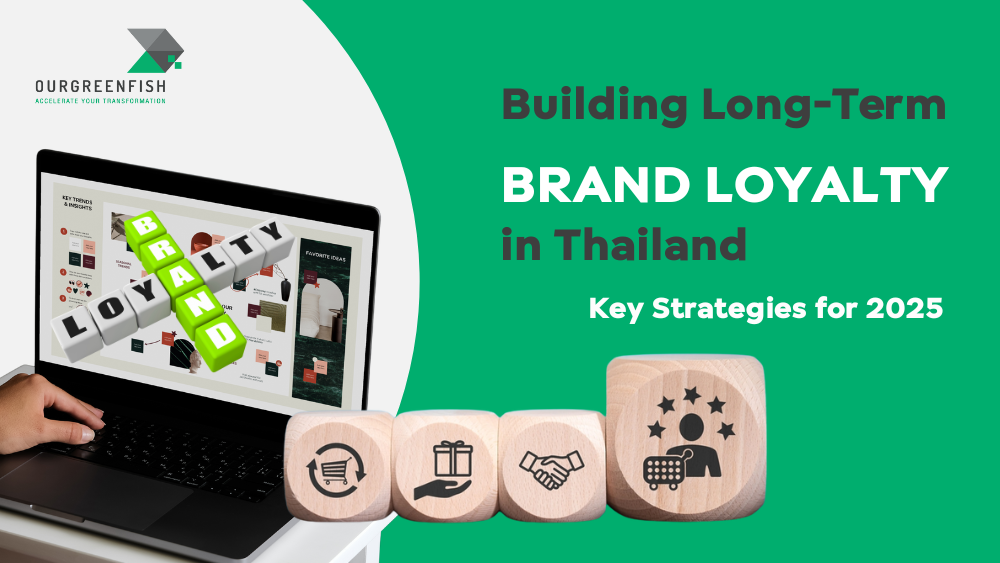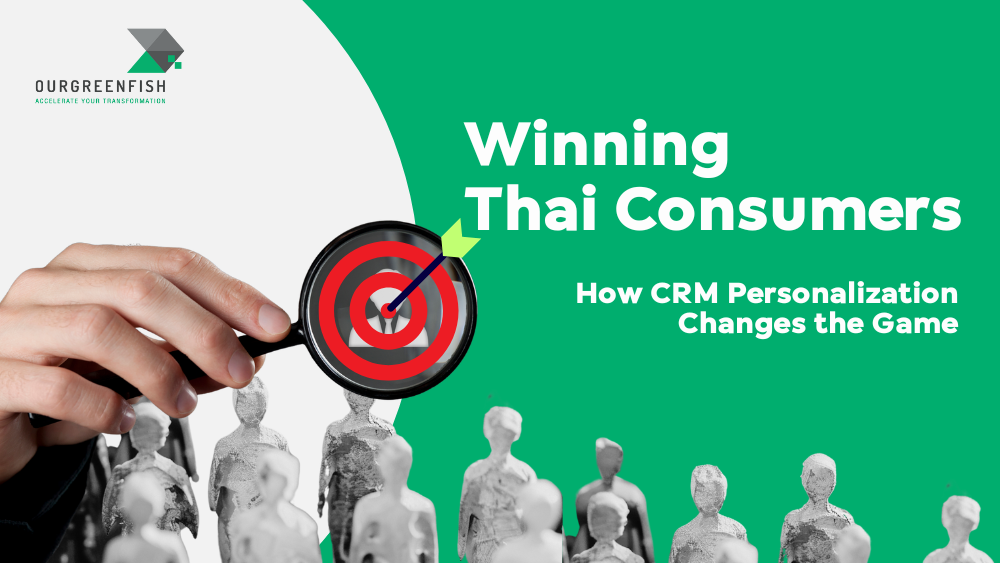In 2025, brand loyalty in Thailand is no longer just a function of repeat purchases. Thai consumers, empowered by social media, abundant choices, and rising digital literacy, expect deeper value and connection. The most successful brands today are those that build communities, foster emotional bonds, and personalize every touchpoint beyond the transaction.
From Customers to Co-Creators: How Brand Communities Win in Thailand
Thai consumers respond well to inclusion and collective belonging. This cultural tendency shaped by values like Namjai (น้ำใจ), or generous spirit makes Thailand fertile ground for brand communities.
Successful brands move beyond broadcasting messages and instead invite participation. Think of local skincare brands that allow customers to vote on new scents, or fan-driven communities on LINE that shape product drops.
Globally, LEGO Ideas is a benchmark, but in Thailand, this translates to platforms like Shopee Live and TikTok Shop, where brands co-create with influencers and consumers in real-time. This not only strengthens advocacy but reduces churn by embedding users within a tribe.
Strategy
- Create user generated content campaigns aligned with Thai festivals (e.g., Songkran or Loy Krathong).
- Establish LINE CRM based communities that give exclusive sneak peeks and involve fans in polls.
- Use co-creation features in loyalty apps to let users vote, test, or even name future releases.
Emotional Loyalty : Triggers That Resonate with Thai Consumers
In Thailand, loyalty is driven less by rational benefit and more by emotional cues. According to research in Customer Relationship Explained, emotional connection multiplies the lifetime value of customers by up to 306%. Brands that show empathy, warmth, and humor especially during high-stress touchpoints tend to outperform.
For example, banks that allow customers to defer loans with a supportive tone during a crisis build stronger bonds than those offering better rates. Similarly, brands like Watsons or Pomelo thrive by embedding wellness, self-love, and identity expression into their narratives.
Emotional triggers that drive Thai loyalty
- Gratitude gestures: birthday rewards, thank-you notes, and surprise gifts.
- Inclusivity: using diverse models and celebrating local subcultures.
- Respect for tradition: anchoring digital campaigns around Thai values, such as family or karma.
Integrating emotional intelligence into CRM systems using tools like sentiment tracking and feedback loops allows brands to measure and respond to these signals at scale.
The Hidden Power of Post-Sale Service on Customer Lifetime Value
Post-sale support is not an afterthought in Thailand it’s a loyalty accelerant. In a market where sanook (fun) and sabai (ease) are cherished, frustrating returns or opaque helpdesks erode trust.
The insight from “Customer Relationship Explained” is clear: businesses focused on long-term retention outperform short-term sales-focused firms across revenue, referrals, and retention. When customers feel heard, guided, and appreciated after a sale, they’re far more likely to repurchase even if cheaper alternatives exist.

Tactical actions
- Use multi-channel support in Thai (not just English) especially on LINE.
- Track satisfaction via Customer Satisfaction Scores (CSAT) and adjust in real-time.
- Offer “surprise and delight” post-purchase touches, such as a how to video or access to a customer success rep.
Case Studies: Global Brands, Local Loyalty
Let’s look at how international brands have tailored loyalty strategies to the Thai market
IKEA Thailand
Instead of simply offering points, IKEA ran seasonal family-themed workshops and temple fair-style events to appeal to Thai family culture and nostalgia. The IKEA Family loyalty card became a passport to experience, not just discounts.
Starbucks Thailand
Starbucks introduced mobile pre-ordering with free add-ons for Gold members perfectly aligned with the Thai love of customization (sweetness, cream, etc.). Their LINE-based member communications also offered hyper-local content.
Sephora SEA
By linking online accounts with mobile numbers used in physical stores, Sephora created a seamless omnichannel loyalty ecosystem. Members receive rewards based on tiered emotional engagement, not just spend encouraging reviews, photos, and tutorials.
Takeaway
Localized loyalty isn’t about points it’s about cultural resonance, convenience, and creating rituals consumers cherish.
Measuring Loyalty in Thailand : KPIs That Matter
While repeat purchase rate is often the go-to metric, it is insufficient in measuring brand loyalty in 2025. For Thailand, consider these alternative KPIs
- Net Emotional Value (NEV): A hybrid score combining sentiment analysis, review tone, and complaint-to-praise ratio on platforms like Pantip or Facebook.
- Community Engagement Rate: % of customers engaging in polls, user content, or live streams.
- LINE CRM Open & Action Rate: Especially for limited promotions or announcements.
- Referral Index: Track not just NPS, but how many customers refer and who they refer.
- Customer Lifetime Value (CLTV) segmented by emotional cohorts: e.g., those who feel “valued” vs. “satisfied”.
Advanced platforms like HubSpot integrated with Treasure Data or Segment CDP allow brands to compute these metrics across touchpoints and visualize trends in Thai-specific contexts
Building brand loyalty in Thailand is no longer about coupons and repeat reminders. It’s about embedding your brand into the daily rituals, emotional circuits, and communities your customers live in. Brands that can listen deeply, act with empathy, and co-create will win not only hearts but also sustainable growth.
Loyalty in 2025 Thailand is earned not assumed. And the brands that realize this will be the ones customers stay with, talk about, and champion for years to come.
References : Business Explained. (2023). Customer Relationship Explained. Retrieved from https://www.business-explained.com
Read more articles :
Contact us
Tel : +66 2-0268918
E-mail : contact@ourgreen.co.th
Website : ourgreenfish.com

.webp?width=158&height=85&name=New-logo-Ourgreen%20(1).webp)


















No Comments